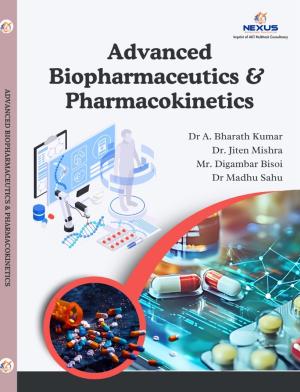BIOAVAILABILITY AND BIOEQUIVALENCE
Synopsis
Bioavailability and bioequivalence are foundational concepts in biopharmaceutics and regulatory science, essential for ensuring the safety, efficacy, and interchangeability of drug products. Bioavailability refers to the rate and extent to which the active drug ingredient is absorbed and becomes available at the site of action. It is a critical parameter in evaluating the performance of both new and existing drug formulations, especially those administered via non-intravenous routes.
Bioequivalence assesses whether two pharmaceutical products—typically a brand-name drug and its generic counterpart—exhibit comparable bioavailability under similar experimental conditions. Demonstrating bioequivalence ensures that the generic product will produce the same therapeutic effect as the innovator drug, without requiring extensive clinical trials.
Key pharmacokinetic parameters used in bioavailability and bioequivalence studies include:
- Cmax (maximum plasma concentration)
- Tmax (time to reach Cmax)
- AUC (area under the plasma concentration-time curve)
These studies are typically conducted using crossover designs in healthy volunteers, with statistical analysis ensuring that the 90% confidence intervals for the test/reference ratios of Cmax and AUC fall within the accepted range of 80–125%.
Bioavailability and bioequivalence testing are crucial for:
- Drug approval and regulatory compliance
- Generic drug development
- Formulation optimization
- Ensuring therapeutic consistency across batches and manufacturers
Together, these concepts support the development of high-quality, cost-effective medications and uphold public health standards.
Downloads
Pages
Published
License

This work is licensed under a Creative Commons Attribution-NonCommercial-NoDerivatives 4.0 International License.





